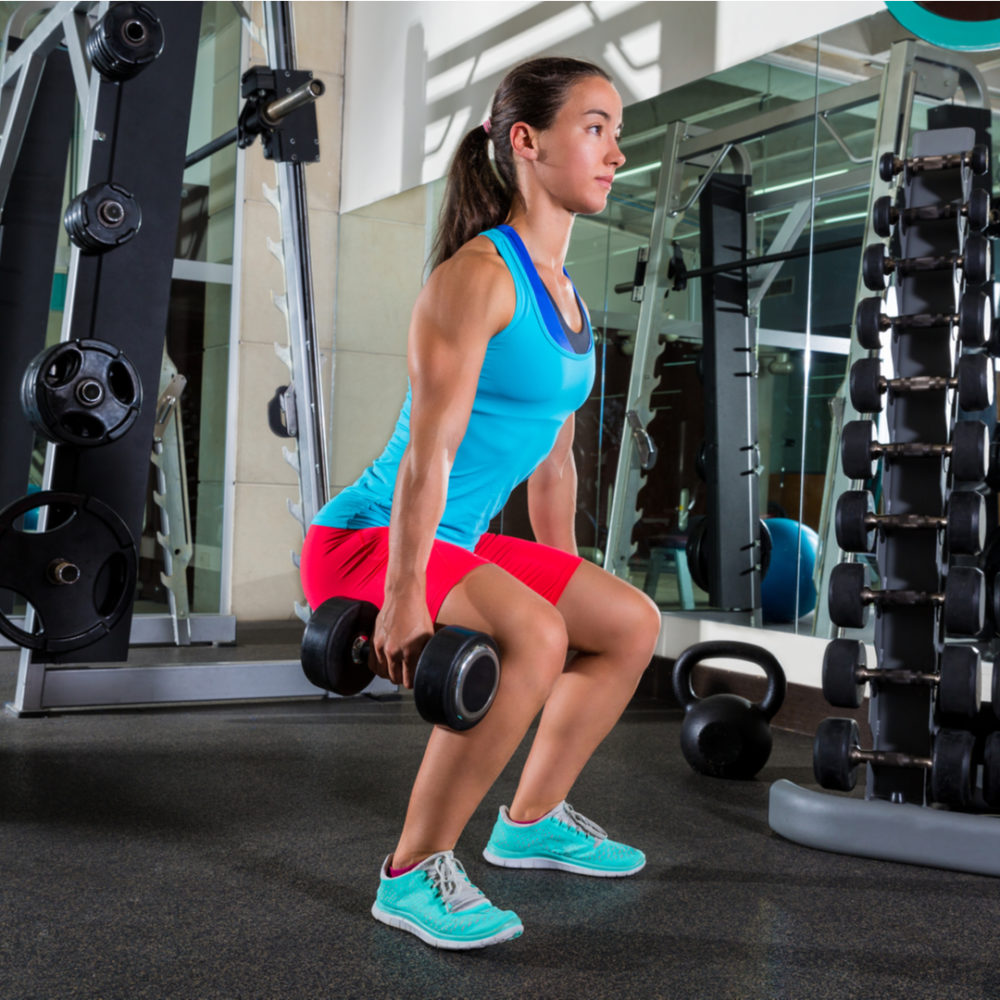Patellar tendinitis, also known as jumper’s knee, is a chronic problem for many athletes. Pain begins with a dull annoying ache below your kneecap. At first, you play through the pain. However, substantial playing time is lost when your pain becomes severe. The only way to overcome patellar tendinitis for good is with a progressive exercise program. Not any exercise program will work. This article teaches you how to do the best exercises so you can play without pain.
Patellar Tendinitis: The Science Behind Progressive Tendon Loading Exercises
The term “tendinitis” has been replaced by “tendinopathy”. This is because studies confirm structural degenerative changes of the painful tendon as the key feature. There is very little inflammation present with most tendon problems. This is why anti-inflammatory treatments have proven ineffective for most types of tendon pain.
Studies done in the early 2000s showed benefits to doing eccentric exercises. These exercises focus on slowly lowering a load while the painful tendon (and muscle) lengthens. Eccentric exercises done with progressively heavier loads over time showed promising results. Pain decreased and we actually could see structural changes and healing of the tendon over time.
However, many people became discouraged while doing eccentric exercises because they are painful. No one wants exercise to be painful. Now the same beneficial results are being achieved with a different approach. With progressive tendon loading exercises, we see similar decreases in pain along with improvements in tendon strength. And they cause much less pain while exercising.
A Proven Way to Treat Patellar Tendinitis
A 2021 study published in the British Journal of Sports Medicine looked at 76 people with longstanding patellar tendon pain. Half of the research participants did eccentric exercises and the other half completed a progressive 4-stage tendon loading exercise program. The study lasted 24 weeks and both groups did a series of sport-specific exercises before being cleared for activity.
Pain improvement was 56% better in the progressive tendon loading exercise group compared with the eccentric group. Also after the 24-week study, there was a higher return to sports rate in the progressive tendon loading exercise group (43% vs. 27%). These strong results suggest the progressive exercise approach should be the initial course of treatment for patellar tendinitis.
4-Stage Progressive Tendon Loading Exercises
The program consists of the 4 stages described below. At each stage, some pain is acceptable while doing the exercises. However, keep the pain at a 3/10 or less. Exercises are done daily but as you progress you will not do them all on the same day. You can progress to the next stage after 1 week of exercising and you can do a single leg squat with 3/10 or less pain. It may take you 1 week to progress to the next stage or it may take you 8 weeks. Don’t rush it. The best progression is slow and steady.
Stage 1: Isometric (Static) Exercises
Begin with static muscle contractions in sitting (see the article on isometric exercise for jumper’s knee) or against a wall. Hold each isometric contraction for 45 seconds and do 5 reps each day. These are the best exercises to do during your sports season.
Stage 2: Isotonic (Dynamic) Exercises
After the sports season, your pain should decrease. At this point, you most likely will progress to dynamic exercises. These exercises further load your quadriceps and patellar tendon. They involve both eccentric and concentric muscle actions. Examples are squats, lunges, and leg extension exercises. It is best to alternate between isometric and dynamic exercises. On one day, do the isometrics, and on the next do the dynamic exercises. We recommend 4 sets of 6 to 8 repetitions. Increase the load if you can perform more than 8 repetitions with 3/10 or less pain.
Stage 3: Explosive (Plyometric) Exercises
As your pain decreases and your strength improves you will progress to plyometric training. Proper form is crucial during these exercises. The alignment of your trunk, pelvis, and lower body must be monitored closely. Poor form will lead to increased pain.
See your physical therapist if you are unsure about your technique with jumping and landing. Great exercises to start with are squat jumps and split squat jumps. Start with 3 sets of 6 repetitions. Do these exercises every 3rd day. Continue the isometric and dynamic exercises on the other 2 days.
Stage 4: Sport-Specific Exercises
At this stage, you can begin training on the court or in the field. Running and agility training can be progressed. Also, plyometrics should continue with progressive intensities. Single-leg jumps and bounds with excellent form are emphasized. At this point, your pain should be minimal or gone completely. If not, you may have progressed through the stages too quickly or performed the exercises improperly. Sport-specific training and strength training is done 2 to 3 times per week.
How to Fully Recover From Patellar Tendinitis
The progressive tendon loading exercise protocol described in this article is intended to be done outside your sports season. It will take you several months to progress through the stages. However, if you stick with the program, these high-intensity exercises will help you be ready for your next season.
To beat Jumper’s knee for good you will need to work with a physical therapist. Your physical therapist will fully evaluate your strength, mobility, and movement patterns. Once all contributing factors are identified, a comprehensive rehab program is developed. Call our office to get started. The doctors of physical therapy at BSR have been helping people in Southern Ocean County move without pain since 2007. We are here to help you.

